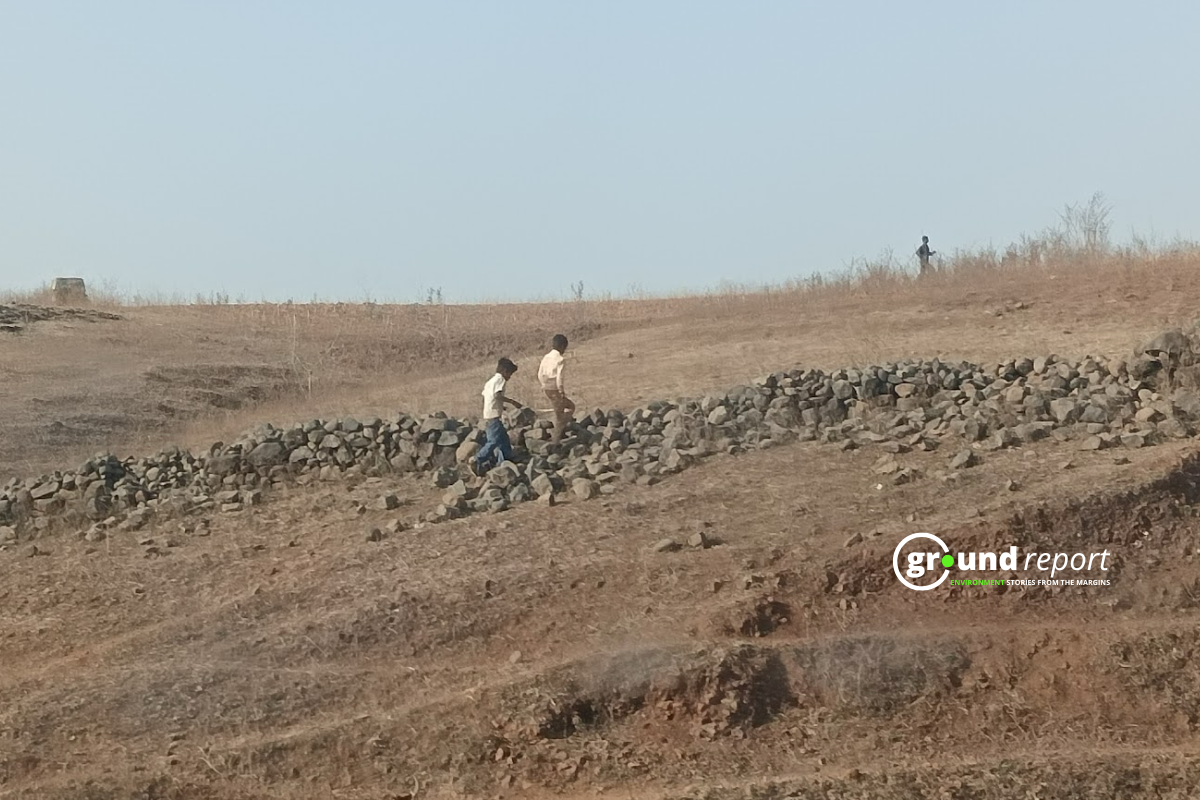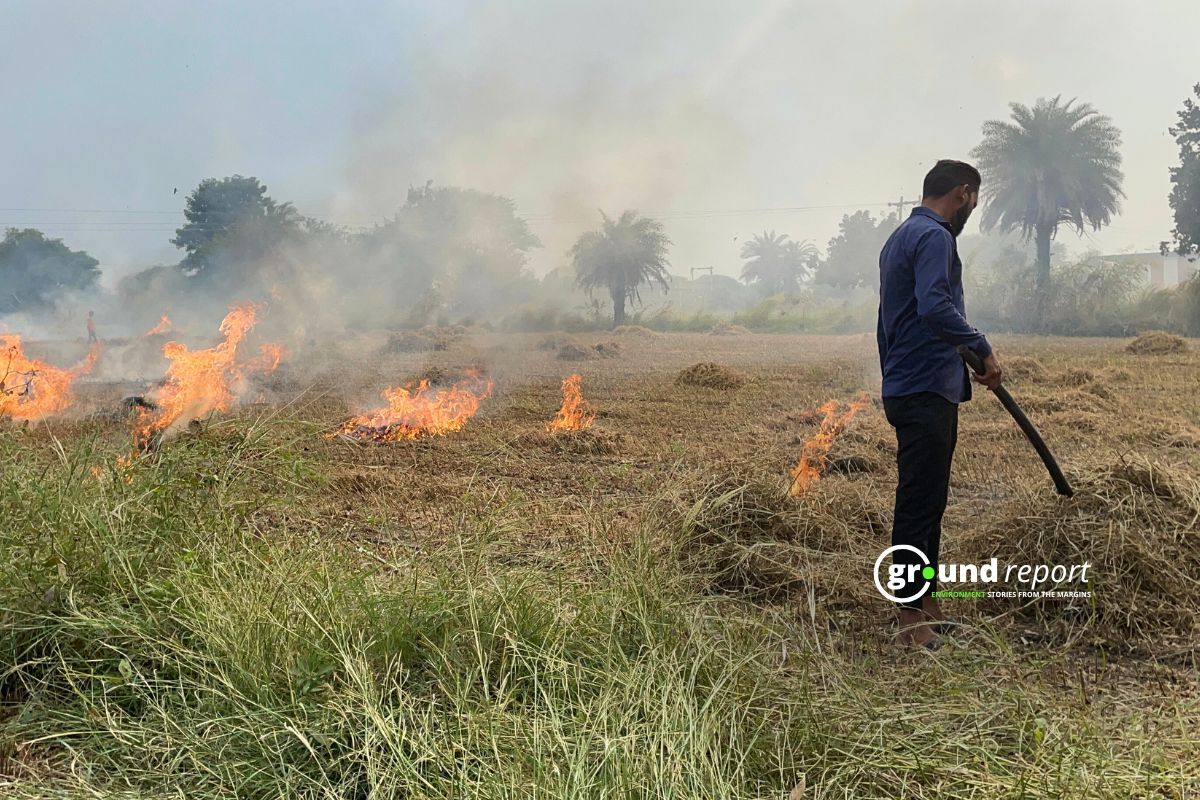Cactus is being cultivated in Amlah village of Madhya Pradesh’s Sehore district. Long dismissed as a useless desert plant, the humble cactus has the potential to transform farming practices in drought-prone regions.
In the year 2014, India imported 15 varieties of thornless cactus germplasm from Mexico, Brazil, and Italy. These specialised varieties are now flourishing in Amlah and other parts of India, offering hope to farmers struggling with water scarcity and climate change.
“Cactus cultivation represents a sustainable livelihood option for farmers in water-stressed regions,” explains Shiv Kumar Agrawal, regional coordinator at ICARDA (International Centre for Agricultural Research in Dry Areas). “These plants require minimal water while offering multiple income streams.”
The versatility of cacti extends far beyond their drought resistance. In countries facing severe water shortages, cactus serves as vital green fodder for livestock during harsh summers—a practice now gaining traction in India. The succulent pads are nutritious, water-rich, and can sustain cattle when traditional fodder becomes scarce.
ICARDA’s research has uncovered even more promising applications. Dr. Neha Tiwari, National Associate Scientist at ICARDA, has done groundbreaking experiments last year that confirmed cactus can produce significant amounts of biomethane, opening possibilities for renewable energy production in rural areas. The successful trials demonstrate how these desert plants could help address India’s growing energy needs while providing farmers with additional revenue.
Perhaps most surprisingly, cactus fibres can be processed into bio-leather, offering a sustainable alternative to animal-based products. This innovation aligns perfectly with growing consumer demand for eco-friendly materials.
Despite these promising developments, widespread adoption faces significant hurdles. “The main challenge isn’t growing the cactus—it’s connecting farmers to markets,” notes an ICARDA representative. Without established buyer networks and clear market linkages, farmers remain hesitant to dedicate valuable cropland to this unconventional plant.
ICARDA scientists propose utilising India’s vast wastelands for cactus cultivation. This approach would avoid competition with food crops while rehabilitating degraded land. However, careful ecological assessment is necessary to ensure these introduced varieties don’t disrupt local ecosystems.
The cultural shift represents another challenge. Convincing traditional farmers to embrace cactus cultivation requires demonstrating tangible economic benefits and providing technical support throughout the value chain.
“We’re not just introducing a crop; we’re introducing a new agricultural paradigm,” says Dr. Tiwari. “With proper implementation, cactus cultivation could transform barren lands into productive assets while enhancing climate resilience.”
As water scarcity intensifies across India, innovative approaches like cactus cultivation may become increasingly vital. The thorny question remains: will farmers and policymakers embrace this prickly opportunity, or will this promising innovation remain on the margins of Indian agriculture?
For now, the cactus fields of Amlah stand as living laboratories, demonstrating how adaptive agricultural practices can turn adversity into opportunity—one drought-resistant plant at a time.
Support us to keep independent environmental journalism alive in India.
More Video Reports
Mahseer saviors struggle as conservation funds dry up
Rising temperatures increasing hardships of chilli sorters in Khargone
Sexed Semen: Madhya Pradesh determining calf’s gender
Fertilizer shortage disrupts rabi sowing for Madhya Pradesh farmers
Follow Ground Report on X, Instagram and Facebook for environmental and underreported stories from the margins. Give us feedback on our email id greport2018@gmail.com.
Don’t forget to Subscribe to our weekly newsletter, Join our community on WhatsApp, and Follow our YouTube Channel for video stories









